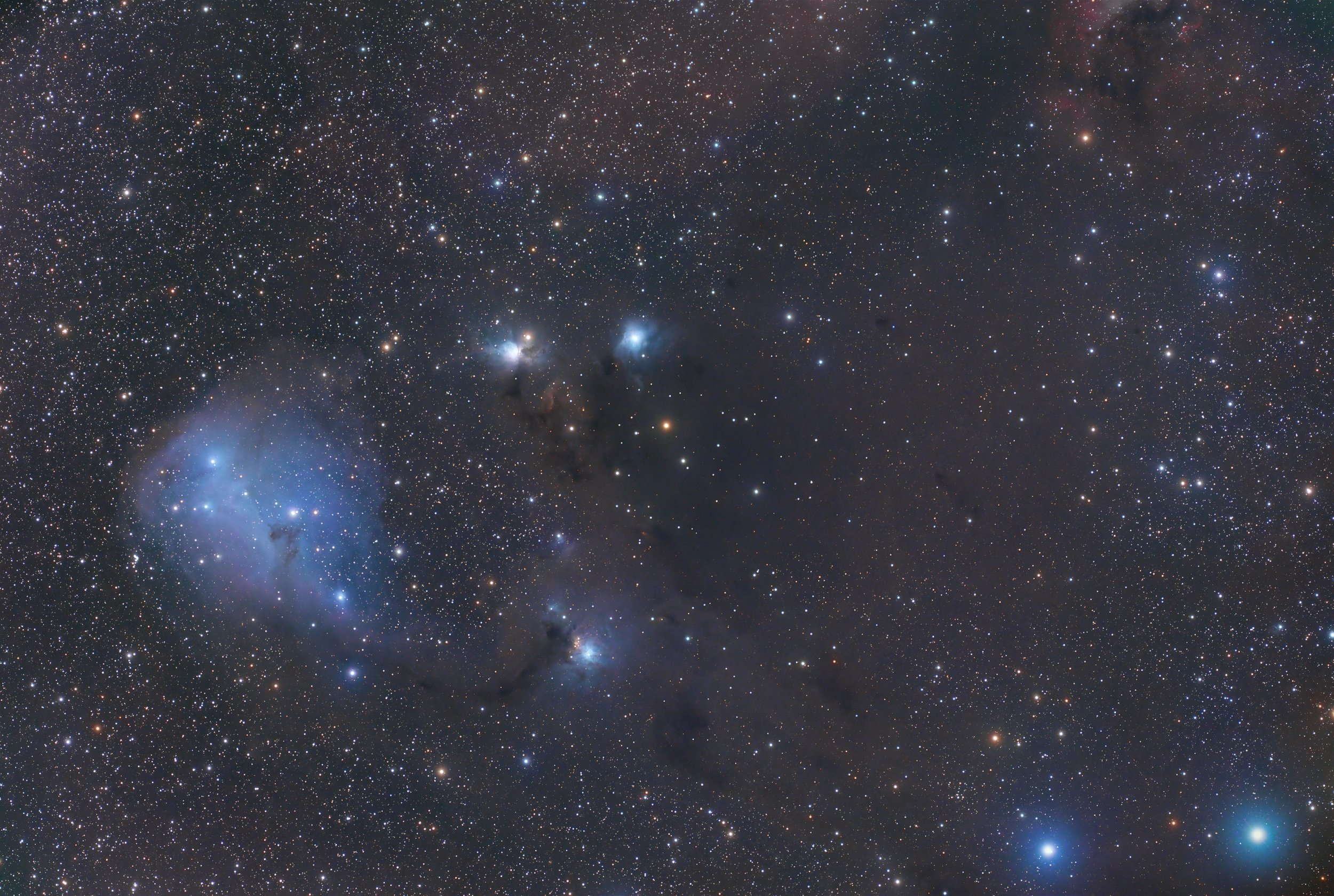
AAPOD2 Image Archives
NGC1333
NGC 1333, a vibrant reflection nebula in the Perseus molecular cloud, lies approximately 1,000 light-years away. This stellar nursery is a hotbed of star formation, with newborn stars illuminating the surrounding gas and dust. The nebula’s bluish hue arises from the scattered light of these young stars, while embedded pockets of dark, dusty material hint at regions still collapsing under gravity to form new stellar systems.
Observed from Biars-sur-Cère in Occitanie, France, NGC 1333 offers a glimpse into the chaotic early stages of star birth. This region is teeming with energetic phenomena, including jets and outflows from protostars, which carve intricate structures into the surrounding material. Despite its relative proximity, the nebula remains a challenge for observers, requiring dark skies to fully appreciate its intricate blend of light and shadow—a dynamic portrait of cosmic creation.
Field of splendid nebulas -LBN749-
Image Description and Details : The western part of the Perseus molecular cloud positioned next to the southern of constellation. Is a young region of very active star formation, being one of the best-studied objects of its type and it contains star clusters that are still embedded in the molecular cloud in which they formed. This field contains many splendid nebulas, NGC1333, LBN749, LBN758, Barnard 1, B3 and B4, LDN1468
●Object: NGC1333 & IC348.
●Exposure: 20x300s (L), 8x300s (R) + 8x300s (G) + 8x300s (B) .
● Processing: PixInsight Core 1.8 (2021-May-11).
● Telescope: Takahashi FSQ-106EDX on EM-200Temma2Jr. Seletek Armadillo / Focusmax.
● Camera: Apogee U16M / AFW-50-7S. Astrodon E-Series genII filters.
● Guiding: FS-60CSV, QHY-5, PHDguiding.
● Location: Pyrenees.
Copyright: [Iñaki Lizaso ][1]



